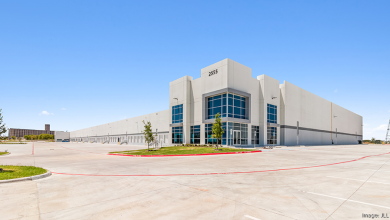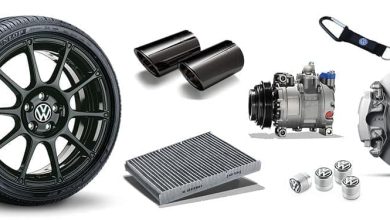Understanding of CNC machining and its applications

In the realm of modern manufacturing, CNC machining stands as a fundamental technology, facilitating precision, efficiency and efficiency in the production process. CNC, short for computer numerical control, represents a revolutionary approach to machining that has transformed industries around the world. From aerospace to automotive, medical to consumer electronics, CNC machining plays a vital role in manufacturing complex parts and components with unparalleled accuracy and repeatability.
What is CNC machining?
At its core, CNC machining involves the use of computer-controlled machines to shape and form raw materials into finished products. Unlike traditional machining methods, which rely on manual operation and supervision, CNC machining automates the manufacturing process, increasing speed, accuracy and reliability.
The core of CNC machining lies in its ability to interpret digital instructions, known as G-code, and translate them into precise movements of cutting tools on various axes. These instructions determine the dimensions, shapes and form of the final product, allowing complex designs and complex geometries to be easily realized.
How does CNC machining work?
The CNC machining process begins with the creation of a digital model or blueprint using computer-aided design (CAD) software. This model serves as a blueprint for the desired part or component, specifying its dimensions, tolerances, and surface finish.
After the design is finalized, the CAD file is converted into G-code, the language understood by CNC machines. This code contains instructions for tool paths, spindle speeds, feed rates, and other parameters necessary for machining operations.
Next, the operator loads the raw material, usually metal, plastic, or wood, onto the CNC machine’s worktable. The machine then interprets the G-code instructions and precisely controls the movement of cutting tools, such as drills, mills or lathes, to shape the material according to design specifications.
During the machining process, sensors and feedback mechanisms monitor factors such as tool wear, material hardness, and dimensional accuracy, ensuring optimal performance and quality control.
Applications of CNC machining
The versatility of CNC machining makes it indispensable in a wide range of industries and applications. Here are just a few examples of how CNC machining is used:
Automotive Manufacturing: CNC machining is used to produce engine parts, transmission parts, chassis parts, and complex automotive prototypes with tight tolerances and high precision.
Aerospace Engineering: In the aerospace industry, CNC machines are used to manufacture critical aircraft components, including turbine blades, fuselage parts, and structural elements, that meet stringent safety and performance requirements. .
Medical Device Manufacturing: CNC machining enables the production of precision medical devices, such as implants, surgical instruments, and prostheses, that are tailored to individual patient needs with exceptional precision and biocompatibility.
Electronics Prototyping: For the consumer electronics and semiconductor industries, CNC machining facilitates the rapid prototyping and production of circuit boards, housings, and other electronic components with complex designs and fine features.
Custom Tooling and Molds: CNC machining plays an important role in creating custom tooling and molds for injection molding, die casting and other manufacturing processes, providing faster production cycles and cost-effective tooling solutions.
Architectural Fabrication: In architecture and construction, CNC machining is used to create complex facades, decorative elements, and bespoke fixtures, translating architectural designs into finished structures with precision and efficiency.
Art and Sculpture: CNC machining has found its way into the realm of art and sculpture, enabling artists and designers to create intricate details and complex shapes, from wood and metal to stone and acrylic. Together they can realize their creative ideas in different materials.
Virmer: CNC machining at its best
In the CNC machining landscape, one name stands out for its excellence and innovation: Virmer. As a leading provider of CNC machining solutions, Virmer combines the latest technology with unparalleled expertise to deliver precision engineered components and assemblies to customers worldwide.
With a dedication to quality, reliability, and customer satisfaction, Virmer leverages the latest advances in CNC machining technology to meet the evolving needs of a variety of industries, from aerospace and automotive to medical devices and beyond. picks up.
Whether it’s rapid prototyping, high-volume production, or custom fabrication, Virmer’s skilled team of engineers and technicians work with clients to deliver solutions that exceed expectations and meet today’s competitive marketplace. Get success.
In conclusion, CNC machining represents a fundamental technology that has revolutionized the manufacturing landscape, offering unprecedented precision, efficiency, and versatility across countless industries and applications. With companies like Virmer leading the way, the future of CNC machining holds limitless possibilities for innovation and growth, making the world around us one finely crafted part at a time.





